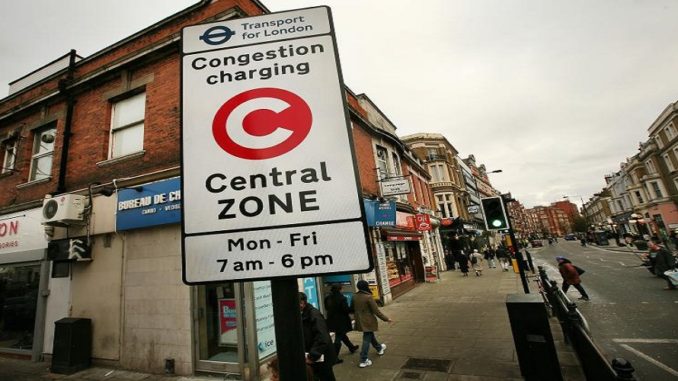
PH drivers are on their 7th demo in 7 weeks against the congestion charge that is going to be imposed on all PH drivers from the 4thof April 2019. Only electric vehicles, PHEV cars and wheelchair accessible vehicles will benefit from a temporary discount. On top of the ULEZ charge, that leaves most of the PH trade in the obligation to pay an additional daily charge of £11.50 from April 2019.
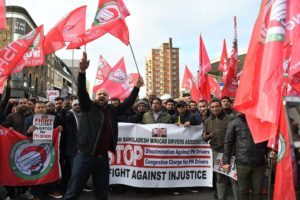
The reason behind is, as TfL states, to reduce the congestion in London as well as pollution. We can understand by that that TfL believes that PH vehicles are a main cause of pollution in the capital. But is it really because of PH drivers that pollution and congestion is so bad in London?
If the growing number of PH drivers in London, from 50,000 to 100,000 drivers in few years, is contributing to it, there are actually other factors that led to more congestion. A situation that leaves, again according to TFL, adults and children, at risk of pollution related health condition.
Of course, traffic is causing pollution. But heavy traffic is the real issue. And the congestion in London is not only due to the strict number of cars moving in its streets and roads. It is also due to the management of the city that implemented wrong urban policies.
Cycle lanes and cycle superhighways
That was one of the major achievements of the former mayor Boris Johnson. Cycle lanes are now everywhere in London. The old city with an old layout could not create these lanes without a price; a reduction of the roads’ width used by motorists. That has been especially reduced by the introduction of cycle superhighways.
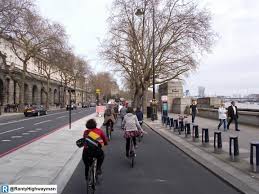
We can find many example of it on Whitechapel/Mile End road or on Victoria Embankment. These are very large cycle lanes dedicated to cycles where one to two cars could be inserted. Instead all the traffic has to circulate alongside while most of the time, these cycle lanes are quasi empty. The growth of other cycle lanes that are shared with motorists has led to an increase of cyclists in the city.
As a consequence, the traffic at peak time sees itself slowed down and growing. Globally, the promotion of cycling in London has led to more congestion and traffic and hence more pollution. This is corroborated by a report led by the professor David Begg that states that 25% of road capacity has been reduced on key routes in Central London.
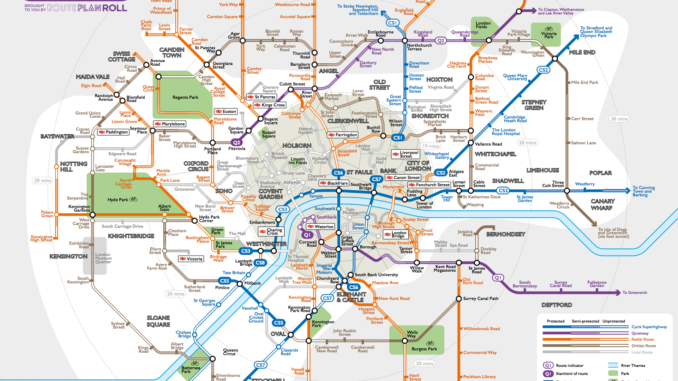
Road works
If we have to compare London with other major cities and capital in Europe, we can retain that London is quite unique in the frequency of road works. For many years now, London has seen road works flourishing like mushrooms in a damp forest.
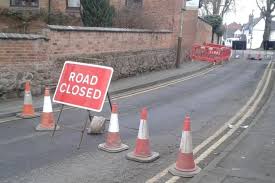
With it comes the 4 or 3 way control traffic lights that let you wait 4 minutes before going green. And with it comes as well road closures that redirect motorists towards others roads and keep feeding the traffic. In roads and neighbourhoods usually clear of heavy traffic, it creates a lot of congestion and pollution.

Bumps and barriers
Bumps are creating congestion and pollution. It slows down the traffic and force drivers to speed up harshly from gear 1 after driving past each one. They are clearly too many bumps in London. Some are acceptable and legit. Others are just ridiculous given their size and locations. And there is another issue with it.. According to recent studies, these humps are causing important pollution.
Barriers are also slowing traffic and creating congestion. Numerous in London, they force you to slow down and go through it at a very slow speed.
Speed limits
London is on its way to become a 20 mph speed limit city. TfL and More and more councils are implementing this speed limit on secondary roads as well as main axes. Obviously, that slows down the traffic and contributes to congestion. Also, the Mayor has as a plan to reduce the speed limit on all roads in central London to 20 mph by 2020.
As a result of City Hall and councils policies, we can see ridiculous 20 mph limit on wide and busy roads. As examples, there are Kingsland Road, Lea Bridge Road, London Wall among many others where motorist have to drive at 20 mph max on a wide and straight road. At rush hour, it surely contributes to more congestion in London.

Traffic lights and lack of subways/pedways
Standard traffic lights are set to regulate the traffic of cars at junction. But it is also set to allow pedestrians cross the roads safely. However, it seems now that red lights are lasting much longer that before in an aim to let a growing number of pedestrians cross the roads.
In face of such a picture, there is a clear need of subways at busy junction. Pedestrians would not have to interact with traffic lights. And that would bring a smoother flow of traffic at these busy junctions. Cannon street, Waterloo Road or Bishopsgate are examples where big crowd is mixing with cars, HGV and motorbikes.
Council policies are causing congestion in London
As well as being a consequence of the town hall and mayor of London policies, the factors above are also encouraged by London councils. And at the top of them are those of Camden, Islington and Hackney. It is in these councils that the most anti cars measures, high humps, tight bollard entrances, low speed limits with camera enforcement and other restrictions such as the Ultra Low Emissions Streets (ULEV) or ridiculous turn restrictions on Mare Street are in place
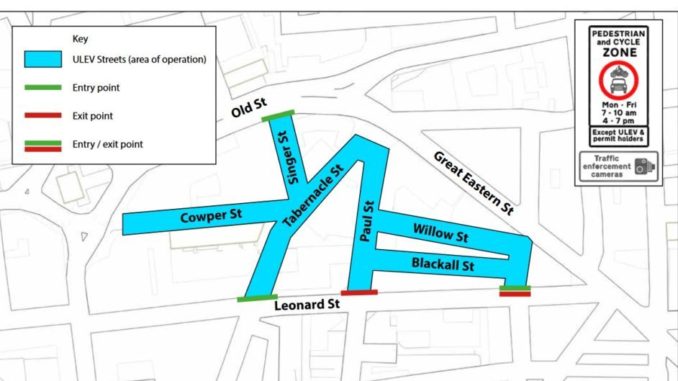
There are other factors that we could include, like the lack of parking facilities for everyone or rest rooms for PH drivers in Central London.
When all is said an done, it looks like that the CC charge targets the PH drivers as a weak prey. In a report for TfL (cf p26), it is stated that PH drivers constitute only 12% of motorists entering the CC zone between 7 pm and 6 pm.
Without denying that the number of PH drivers has a role in the congestion in London, we could see that it is primarily a matter of urban management. But PH drivers, not united, very compliant and from a working class background, look like the perfect scapegoat from which TfL can extract more money by paying the £3000 annual CC charge.

Can’t agree more on all points. Of course, I want and support cleaner air for Londoners, but the way the councils are managing traffic is amateurish at most.
It looks like a deliberate agenda to make motorists lives and jobs harder.
london is in bigger mess than before the cycle lane,there was less congestion and now its creating more pollution than before,now they want to make money from motorist so they can take in bigger wages by robbing drive by introducing congestion area bigger,and yet there is no reduction in cars going unto london.this will collapes london and tourism in near future.if they really wanted to clear emmission than there are other better ways like stopping certain registration car not to enter on perticular days and vice versa but that would not make them money ,so no big pay checks.They do not care about public.If they did than this should have done a public voting on this congestion charging but it been forcefully put on public and nobody has a right to say anything about it .its a comunist rule they are using.